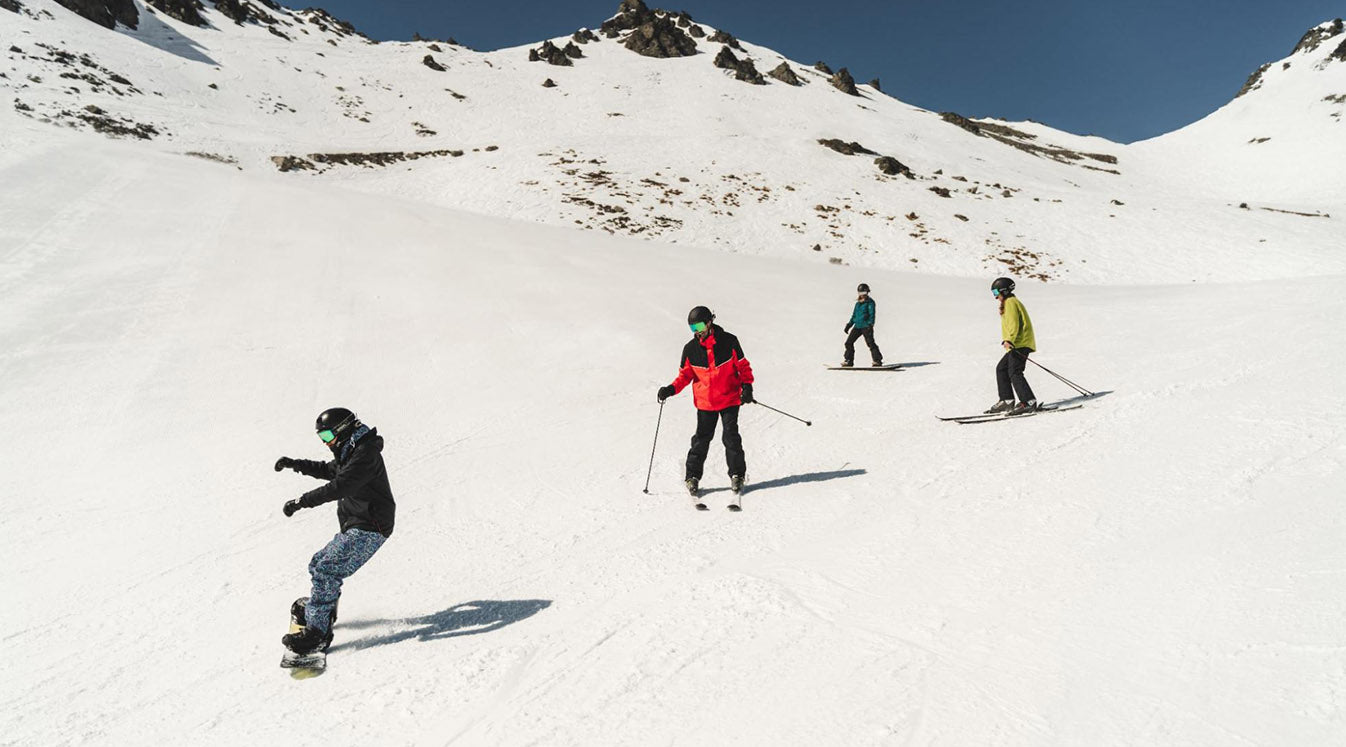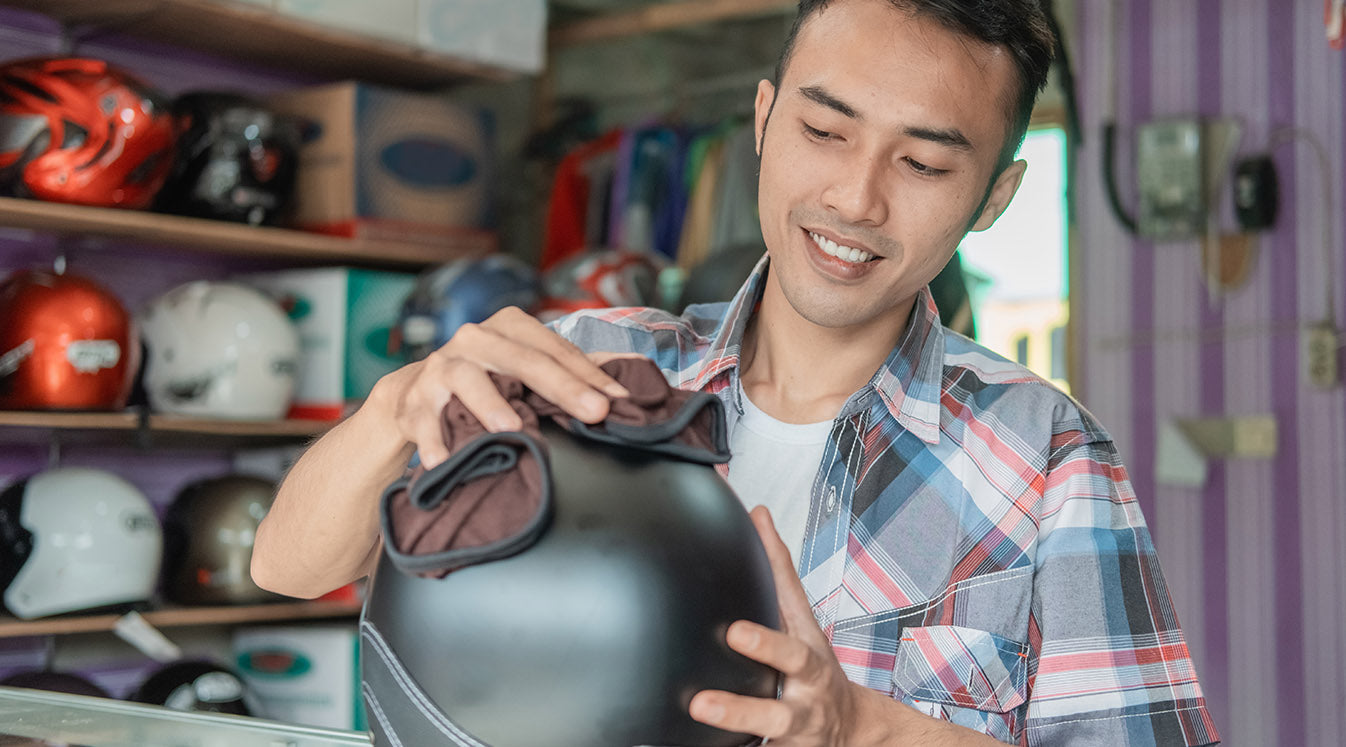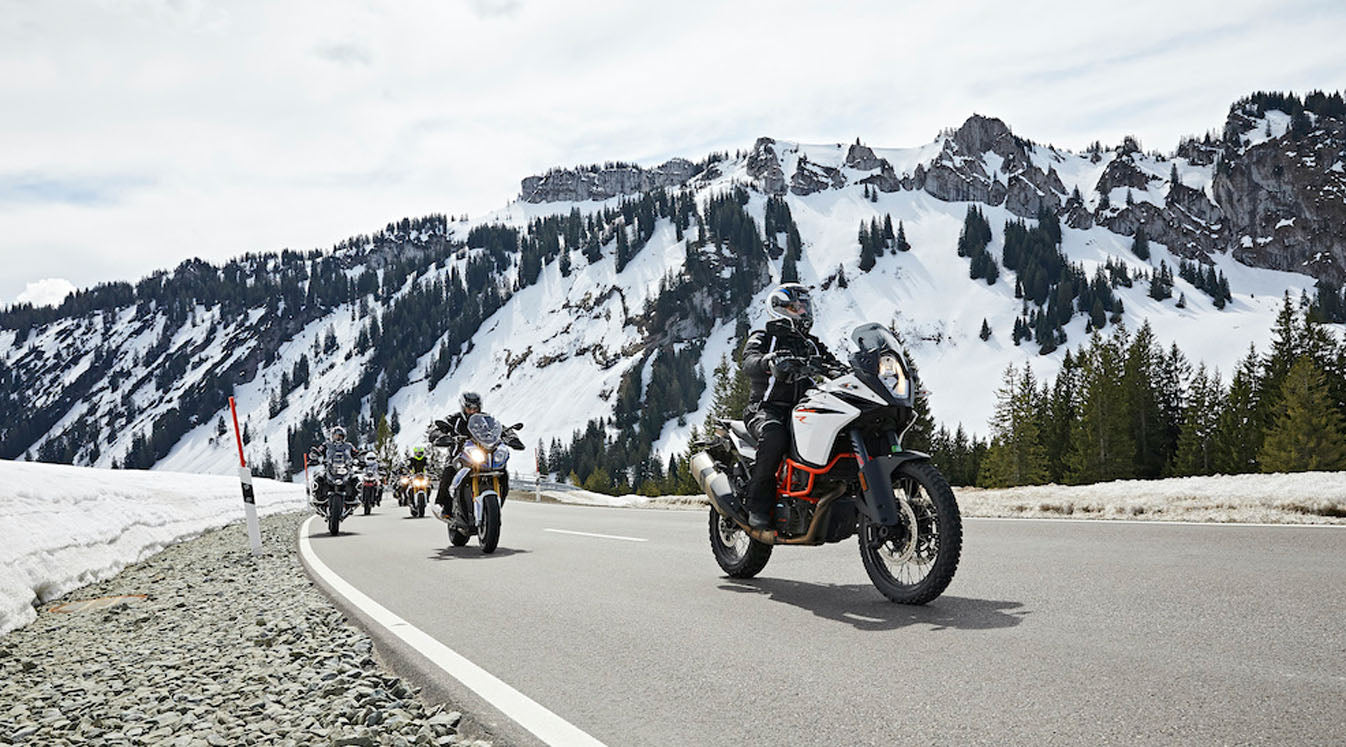Use a Hands-Free Communication System
If you want to listen to music on the slopes, you’ll need to use a Bluetooth skiing communication device. It fits into your helmet, so you can listen hands-free. Use your voice to remotely control your device. The last thing you want is cords dangling from your neck. You also don’t want to have to take out your device whenever you want to change a song. This lets you focus on the task at hand while the music flows to your ears. Practice using the device beforehand to prepare for your first trip.
Shop for Snowboard Helmet Speakers by Make and Model
You can also use this device to access the other features of your phone. You can dial a call or look up directions using your GPS without taking your eyes off the trail. You should always have a way to communicate with the outside world when exploring remote areas or straying far from the lodge. The device lets you connect with up to 15 other riders, so you can coordinate your location in real-time.

Find Bluetooth ski helmet speakers that are compatible with the specific make and model of your helmet. These devices work with most helmet styles, so you shouldn’t have to buy a new one. If you are renting gear from a lodge, call ahead to check the make and model, so you can order the right type of Bluetooth device before you arrive.
Keep your music device or phone secure inside your pants or jacket. Consider wrapping it in plastic in case it falls out during your trip.
Find the Right Skiing Communication Device for Your Next Trip
Lower the Volume
Many of us love to rock out to our favorite tunes with the volume on max, but this can damage your hearing after a while.
Sound levels are measured in decibels (dB). A normal speaking voice is about 60 dB, while a motorcycle engine runs at around 95 dB. Listening to music over 70 dB for hours on end will damage your ears, while anything above 120 dB can cause immediate harm. Many smart devices and phones will issue an automatic alert when you’ve reached your limit for high levels of audio. That’s a sign it’s time to turn the volume down.
Adjust the volume based on the situation at hand. If you are skiing or snowboarding in a crowded area, you should be able to hear the people around you. You can always take it up a notch when exploring rural areas. Don’t underestimate the sounds of the natural world! Sometimes nature is the best soundtrack.
Use Bluetooth Ski Helmet Speakers to Stay Safe on the Trail

Being Aware of Your Surroundings
Lowering the volume will also help you pay attention to your surroundings. There are so many things to be aware of on the trail. Skiers or snowboarders outside of your group may need to communicate with you. Weather conditions can also change on a dime. Listening to music shouldn’t distract you from the situation at hand. Keep your eyes peeled for anything unexpected on the trial.
Use your judgement when listening to music while skiing and snowboarding. These activities come with their fair share of risks. If you are new to the sport, consider holding off until you have more experience under your belt. Bring along a companion that can help you develop your skills while listening to music or tutorials.
Staying safe means using the right equipment. Everyone listening to music on the slopes should use snowboard helmet speakers. It’s the best way to listen to audio without putting others at risk. Just because you have wireless speakers doesn’t mean, you should listen to music on max for hours on end. Protect your ears from long-term damage by playing songs at the appropriate level.





